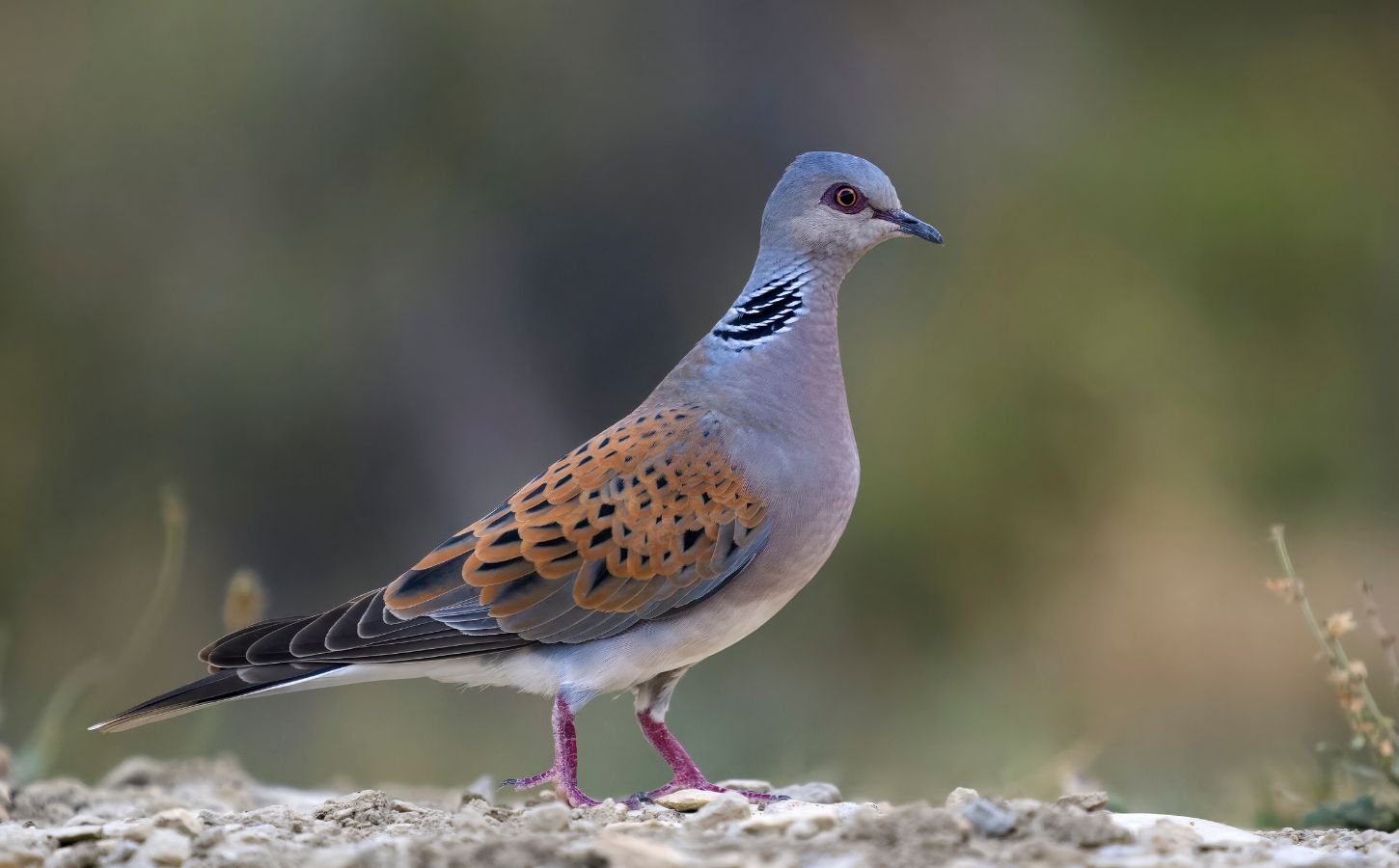
Animals
Britain’s Wild Bird Numbers Keep Dropping
A recent report from the Department for Environment, Food and Rural Affairs (Defra) has shown that all bird species in the UK are facing declining numbers, with a drop of 16 percent since 1970. This decline is attributed to factors such as habitat loss, pesticide use, climate breakdown, and more recently, bird flu outbreaks. While populations saw some stabilization in the early 2010s, there has been a two percent decline in bird species across the UK between 2018 and 2023, with England experiencing a sharper seven percent decline in the same period.
The hardest hit species include farmland birds, with a 61 percent decline since 1970 and nine percent since 2018. Woodland birds such as the willow tit and capercaillie have also seen population declines of 35 percent since 1970 and 10 percent since 2018. Additionally, a third of seabird species, including Arctic terns and gannets, have seen declines since 2018, largely due to outbreaks of bird flu affecting their colonies. These declines indicate that the government's target to halt species decline by 2030 is far from being met, highlighting the urgent need for conservation efforts to protect bird populations in the UK.
The hardest hit species include farmland birds, with a 61 percent decline since 1970 and nine percent since 2018. Woodland birds such as the willow tit and capercaillie have also seen population declines of 35 percent since 1970 and 10 percent since 2018. Additionally, a third of seabird species, including Arctic terns and gannets, have seen declines since 2018, largely due to outbreaks of bird flu affecting their colonies. These declines indicate that the government's target to halt species decline by 2030 is far from being met, highlighting the urgent need for conservation efforts to protect bird populations in the UK.
*This summary was generated using AI.



